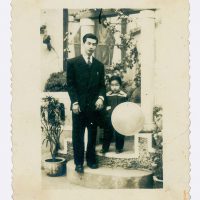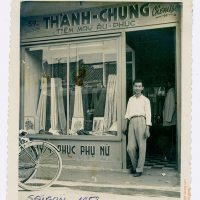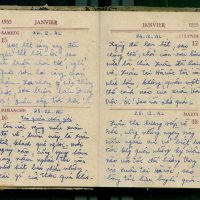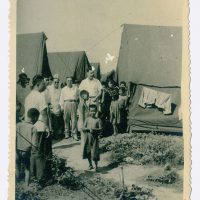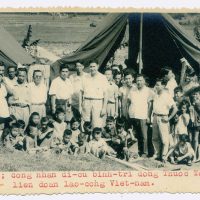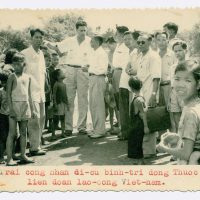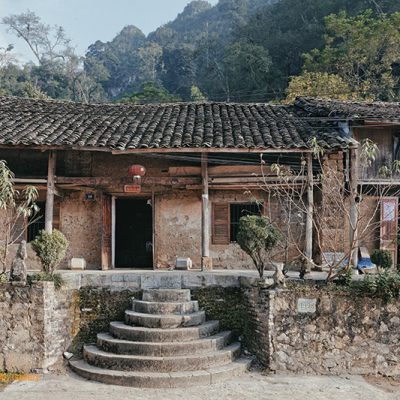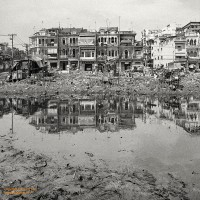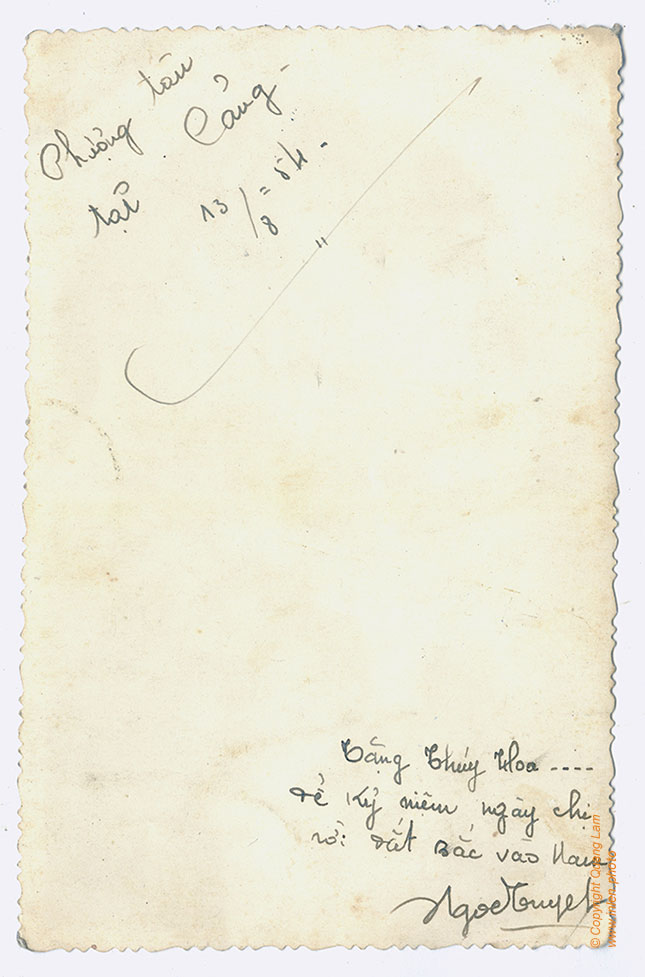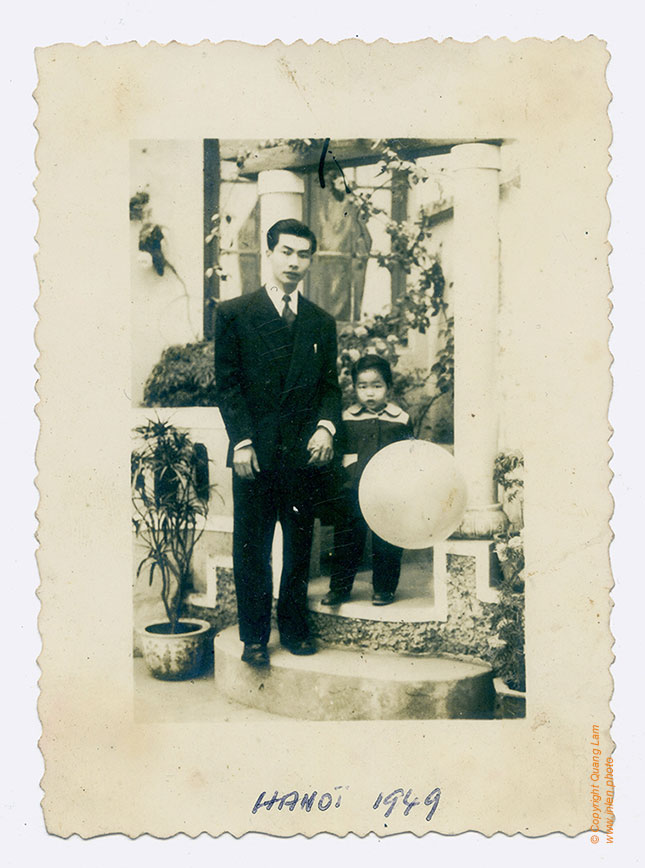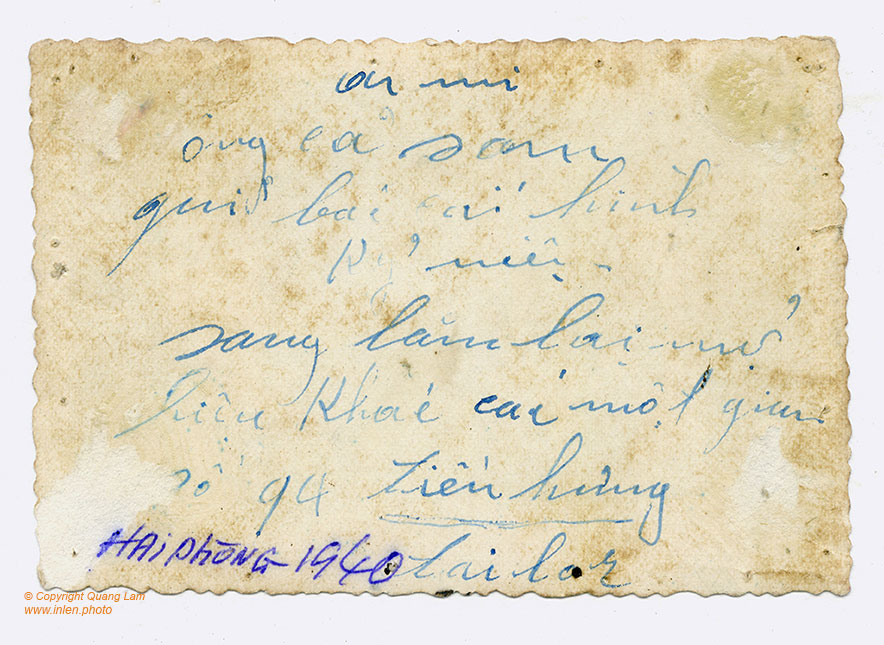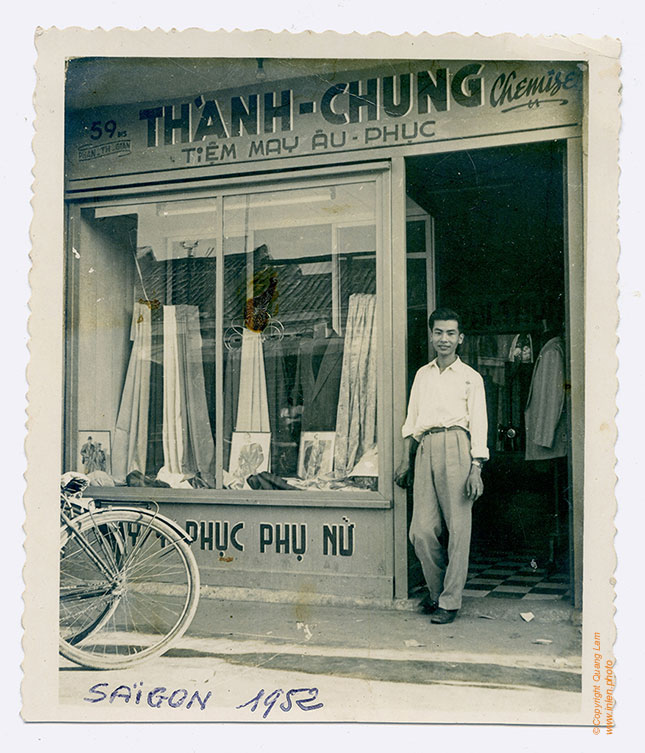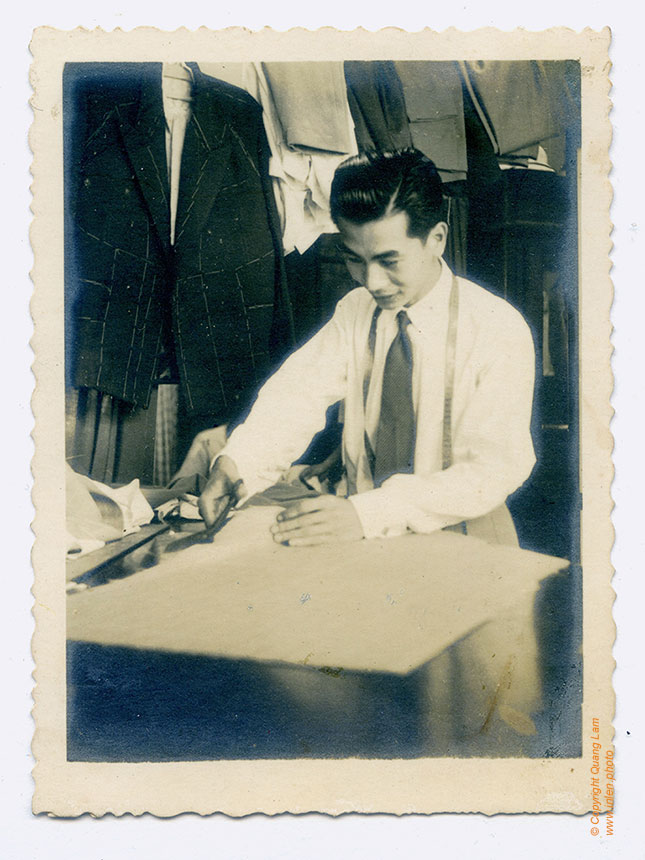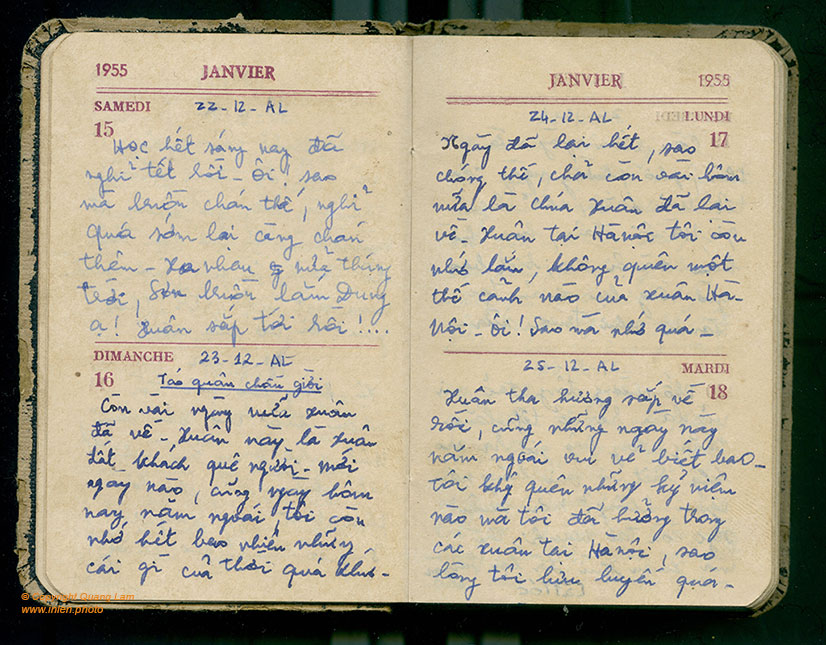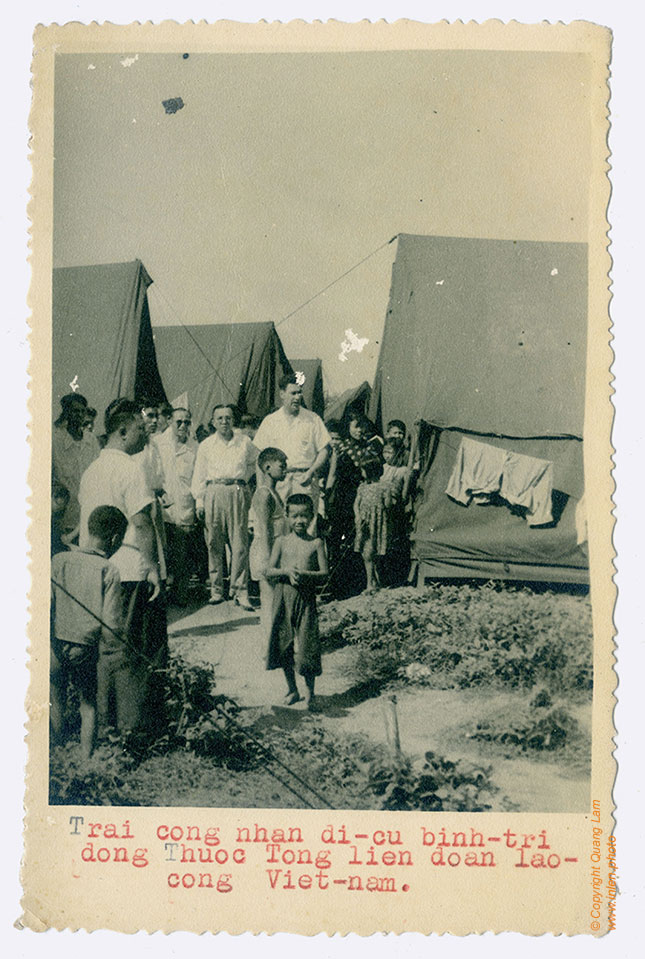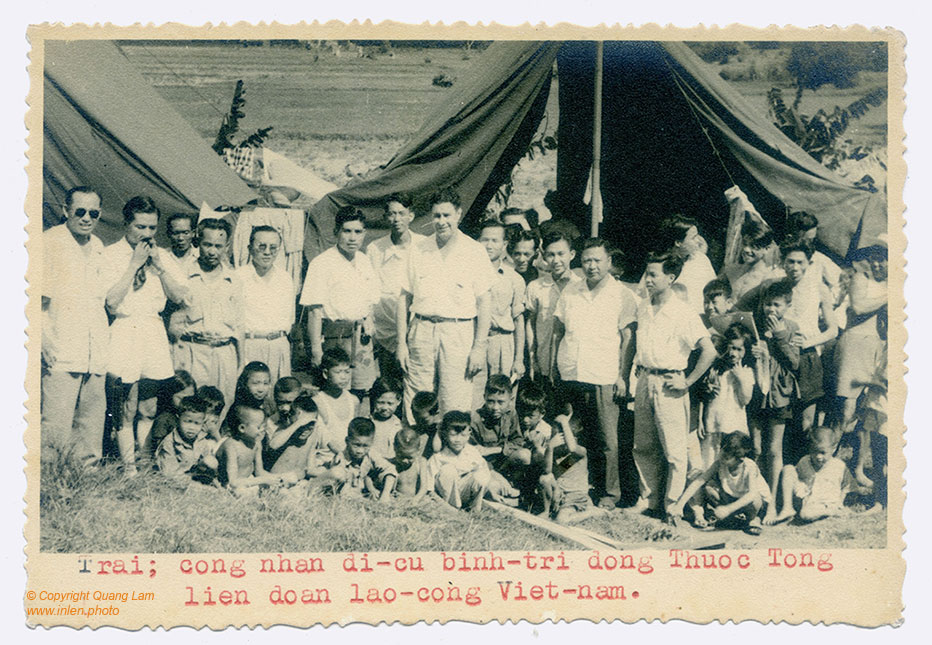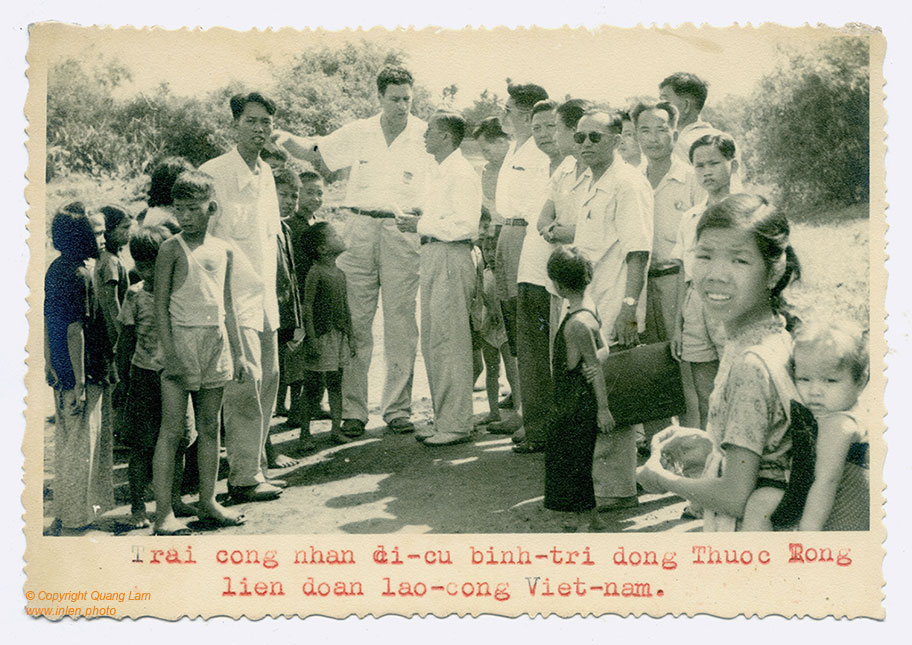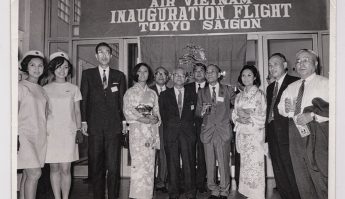1954 The Great Migration to the South of Vietnam – Operation Passage to Freedom
Migration and the Geneva Accords
After the 1954 Geneva Accords divided Vietnam into North and South, there was a 300-day period (ending on May 18, 1955) during which Vietnamese people could freely choose their place of residence.
A massive migration occurred, with approximately 1 million people moving from the north to the south and around 50,000 people moving from the south to the north.
The unexpected migration prompted the North Vietnamese government to block roads, leaving only the ports of Hanoi and Saigon and air travel as the remaining passage points.
Operation “Passage to Freedom”
The Americans assisted the French in organizing “Operation Passage to Freedom,” which facilitated the transit of refugees. The South Vietnamese government established reception camps around Saigon (the capital of the South) to accommodate the influx of refugees.
Migration motivations
The motivations behind the refugees’ decisions remain a subject of study. Factors such as propaganda influence, fear of religious persecution, and economic reasons likely played a role.
Exclusive archives at the Inlen Gallery
The exclusive archives contain unique documents related to personal stories of individuals who witnessed this migration southward:
- A portrait of a young person with a farewell message on the verso.
- Photos of a tailor establishing from Haiphong to Saigon few years before 1954 : they show that the South of Vietnam was an attractive region for business.
- A diary from a Hanoian reminiscing about his former days in Hanoi.
- Photos from the Bình Trị Đông refugee camp.





